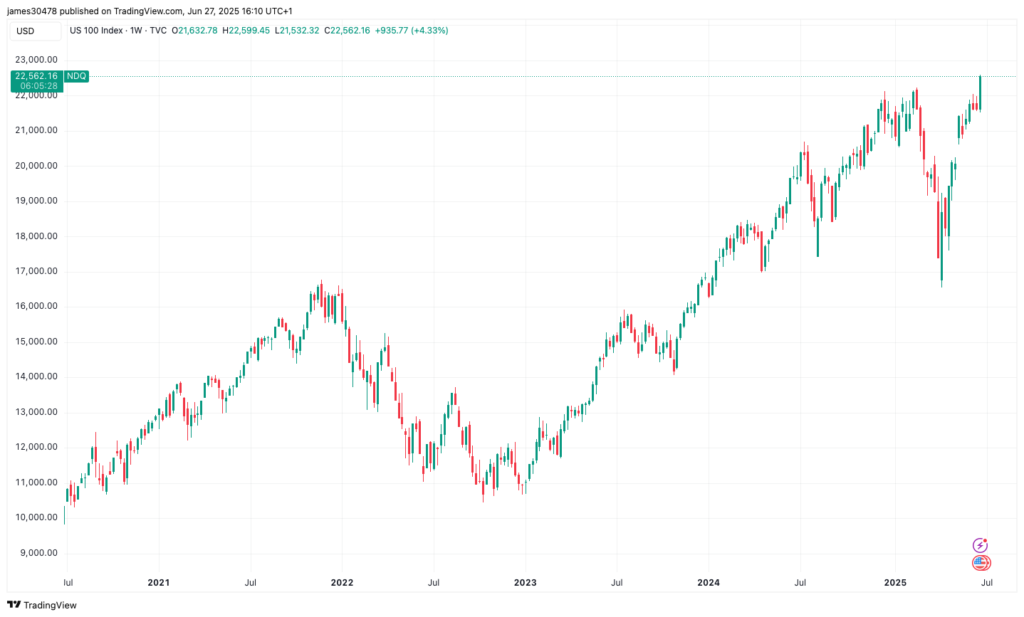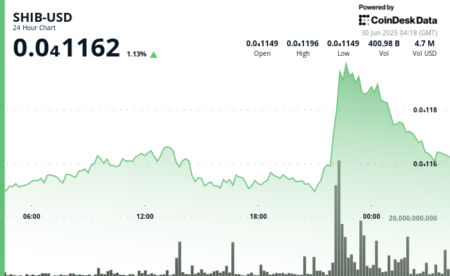Bitcoin and Gold: Current Market Trends Amid U.S. Economic Indicators
Bitcoin continues to experience a period of consolidation, fluctuating within the $102,000 to $108,000 range. Simultaneously, gold’s value has decreased by approximately 2% today, bringing it down around 7% from its recent peak. In contrast, the Nasdaq 100 is setting new all-time highs, reflecting a sharp divergence in the performances of traditional assets versus cryptocurrencies.
Recent macroeconomic indicators from the U.S., despite being nearly two months old, seem to have contributed to the slightly pessimistic outlook surrounding Bitcoin and gold. Personal income data for May reported a decline of 0.4%, which fell short of the anticipated increase of 0.3%. Personal spending also contracted slightly by 0.1%, against a forecasted rise of 0.1%. This data reflects weakening consumer spending power and raises concerns over economic growth, which many analysts believe could signal the onset of stagflation.
Arguably more critical to market participants is the core Personal Consumption Expenditures (PCE) price index, the Federal Reserve’s preferred measure of underlying inflation, which has shown a rise of 0.2% in May. This marked an increase from the expected 0.1%. On a year-over-year basis, core PCE prices climbed to 2.7%, surpassing the anticipated 2.6%. Such upward pressure on inflation rates adds fuel to the stagflation prospect, causing unease among investors.
A notable voice in the financial world, Peter Schiff, known for his support of gold and skepticism towards Bitcoin, commented on the current market dynamics. According to Schiff, traders continue to offload gold even as the combination of weak economic data and unexpectedly high inflation is driving the dollar index down to new lows. He argues that stagflation and a declining dollar should drive gold prices higher, despite short-term market sentiments that may contradict this.
As the macroeconomic landscape evolves, the divergent paths of gold and Bitcoin highlight the broader themes of investor sentiment and asset allocation. Gold, often viewed as a safe haven during economic turmoil, is under pressure, while Bitcoin’s consolidation suggests cautious optimism among crypto investors. The ongoing uncertainty surrounding inflation and economic growth will likely continue to influence these assets in the upcoming weeks.
In summary, the interplay of macroeconomic indicators, investor sentiment, and asset performance will shape the immediate future of both Bitcoin and gold. While Bitcoin hovers in a relatively stable price range, economic metrics indicate potential challenges ahead. Investors should remain vigilant, taking into account these market dynamics as they navigate their investment strategies in both traditional and cryptocurrency domains.

















